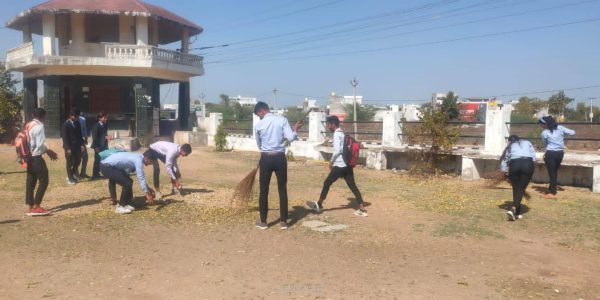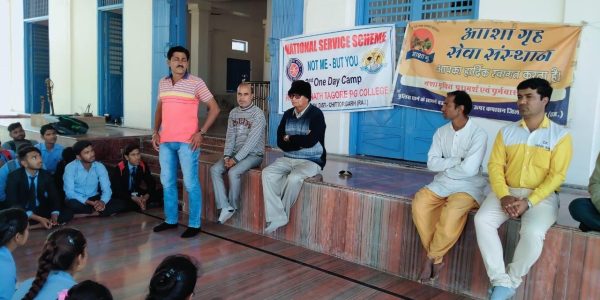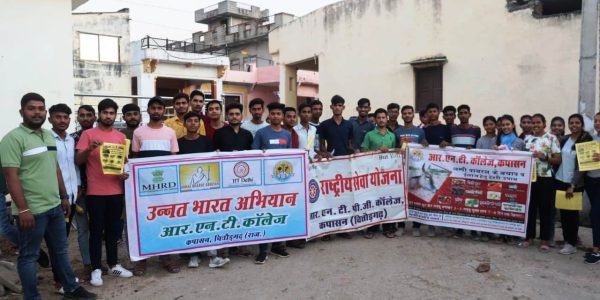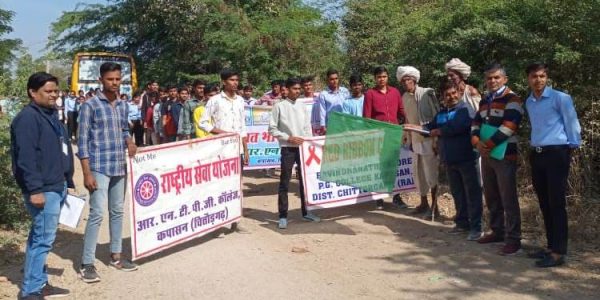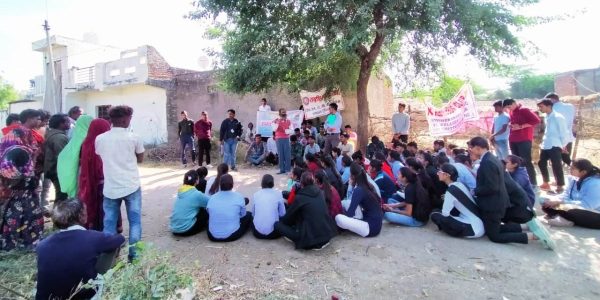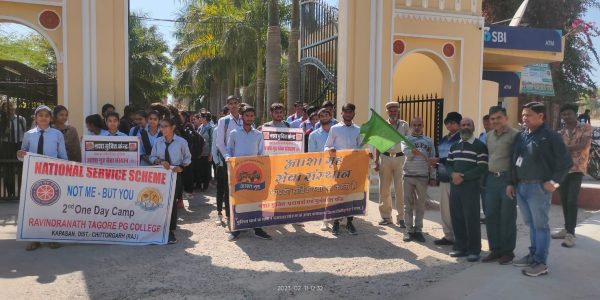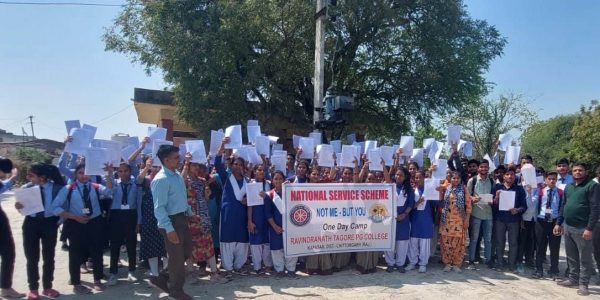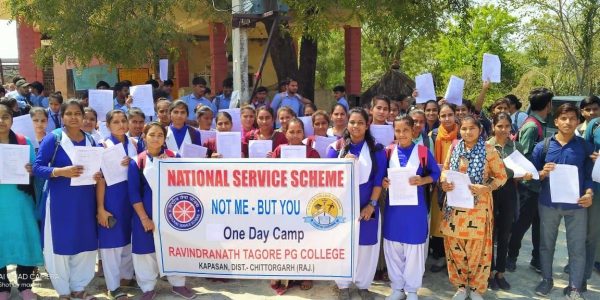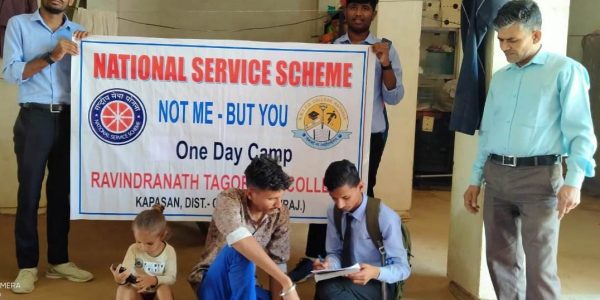NSS (National Services Scheme)
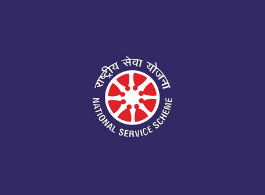
NSS (National Services Scheme)
National Service Scheme, under the Ministry of Youth Affairs & Sports Govt. of India, popularly known as NSS was launched in Gandhiji’s Birth Centenary Year 1969, in 37 Universities involving 40,000 students with a primary focus on the development of personality of students through community service. Today, NSS has more than 3.2 million student volunteers on its roll spread over 298 Universities and 42 (+2) Senior Secondary Councils, and the Directorate of Vocational Education all over the country. Since its inception, more than 3.75 crores of students from Universities, Colleges, and Institutions of higher learning have benefited from the NSS activities, as student volunteers.
1. In India, the idea of involving students in the task of national service dates back to the times of Mahatma Gandhi, the father of the nation. The central theme that he tried to impress upon his student audience time and again, was that they should always keep before them, their social responsibility. The first duty of the students should be, not to treat their period of study as one of the opportunities for indulgence in intellectual luxury, but for preparing themselves for final dedication in the service of those who provided the sinews of the nation with the national goods & services so essential to society. Advising them to form a living contact with the community in whose midst their institution is located, he suggested that instead of undertaking academic research about economic and social disability, the students should do “something positive so that the life of the villagers might be raised to a higher material and moral level”.
2. The post-independence era was marked by an urge for introducing social service for students, both as a measure of educational reform and as a means to improve the quality of educated manpower. The University Grants Commission headed by Dr. Radhakrishnan recommended the introduction of national service in the academic institutions on a voluntary basis with a view to developing healthy contacts between the students and teachers on the one hand and establishing a constructive linkage between the campus and the community on the other hand.
3. The idea was again considered by the Central Advisory Board of Education (CABE) at its meeting held in January 1950. After examining the various aspects of the matter and in the light of the experience of other countries in this field, the Board recommended that students should devote some time to manual work on a voluntary basis and that the teachers should also associate with them in such work. In the draft First Five year Plan adopted by the Government of India in 1952, the need for social and labor services for students for one year was further stressed. Consequent to this, labor and social service camps, campus work projects, village apprenticeship schemes, etc. were put into operation by various educational institutions, In 1958, the then Prime Minister Pandit Jawaharlal Nehru in his letter to the Chief Ministers, mooted the idea of having social service as a prerequisite for graduation. He further directed the Ministry of Education to formulate a suitable scheme for the introduction of national service into academic institutions.
